Lead acid batteries
The main feeding system of the ARE systems is based on the use of lead-acid batteries.
Lead batteries, widely used also in the automotive and automotive world in general, guarantee long life, low costs and excellent performance.
Like all batteries, they have a life cycle that, although long, provides for their replacement at a low cost.
Replacement and disposal of lead batteries
In a logic of maximum eco-sustainability, ARE and its dealers have also thought about the replacement and especially the disposal of batteries at the end of their life cycle.
Our approach is to use procedures that ensure the least impact environmental possible.
Today, thanks to the development of new technologies, it is possible to dispose of spent batteries in specialized and certified centers.
In this way we avoid any environmental risk and, above all, we operate consistently with the logic of circular economy.
Circular economy
The circular economy is a model of production and consumption that involves sharing, reuse, repair, reconditioning and recycling of existing materials and products as long as possible.
To pursue a circular economy is, therefore, a concrete objective that, thanks to the work of specialized operators, allows to recycle correctly every type of material.
Spent batteries are included in recyclable materials. This ensures present and future sustainability of production processes.
Recycling and Recovery
The spent batteries are taken to the centers specialized in the recovery of all the materials present in the batteries themselves.
Subsequently, three stages of processing are carried out:
1. Crushing.
The batteries are shredded and reduced to fragments. The metal is separated from the plastic and the acid. The plastic part is first reclaimed and returned in granules; then it is sent to the plastic production plants. Similarly, the acid is reclaimed and used for various purposes.
2. Merger.
The metal residues, obtained by the crushing process, are melted at very high temperatures (around 1,000 μμc). Special filters ensure the control of gaseous emissions avoiding that polluting gases spread into the environment. At this stage, the oxides and lead sulphates contained in the batteries return to their metallic state.3. Refining.
Once the lead is melted, it is immersed in a boiler at a temperature between 350 and 500 ºC for refining.
At the end of the process, the pure metal is ready to be used again for any application, including the production of new batteries.
3. Refining.
Once the lead is melted, it is immersed in a boiler at a temperature between 350 and 500 ºC for refining.
At the end of the process, the pure metal is ready to be used again for any application, including the production of new batteries.
Lead
The recycling process allows you to recover lead with minimal environmental impact.
In addition, to produce 1 kg of lead, working the one extracted from spent batteries, you need much less energy than you want to produce it by extracting the material from the environment.
The lead obtained from the recycling process has the same uses and the same physical characteristics – chemical as the lead not yet worked.
Life cycle of products
This extends the life cycle of products, helping to minimize industrial waste.
In fact, once the product has finished its function, the materials of which it is composed are recovered and reintroduced into the economic cycle. In this way, they can be continuously reused within the production cycle, generating additional value. In view of the above, it is clear that the principles of the circular economy contrast with the traditional linear economic model based instead on the typical scheme “extract, produce, use and throw“.


